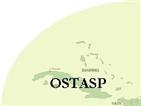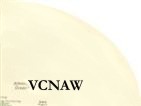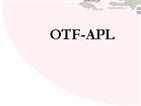
The Open School of Tropical Animal
Science and Production
|
ABOUT NEO-TROPICAL WILDLIFE Biodiversity
|
|
Utilisation |
|
The Problems |
|
The Solutions
|
|
Action Required |
|
Strategies
|
Neo-tropical wildlife is the
term used to describe terrestrial wildlife of the Caribbean. This group
of animals most at risk to the threats of extinction as there is very
little awareness, knowledge and education on them. Few scientific studies have been
conducted on these species and this school attempts to improve the
knowledge, technology and sustainable development of them in their
indigenous regions.
There are three main sectors which complete the OSTASP and together, they contribute to improving the farming techniques and production practices for tropical agriculture. They are:
The Open Tropical Forage-Animal Production Laboratory;
The Tropical Animal Science Integrated Network &
The Proposed Journal of Neo-Tropical Wildlife.
Particular interest is given to the setting up of the Journal of Neo-Tropical Wildlife and its literature collection. The Neo tropics contain about 33% of the world's animal diversity (Ojasti), and no wildlife and conservation Journal exists that focuses on this area; although there was one initiative aimed at correcting this called Manejo de Fauna Silvestre en Latinoamerica.
The next horizon for Neo tropical wildlife is their systematic study and the application of all the principles that have been developed for domestic animals non-native to the neo-tropics.
|
ACADEMIC MATERIAL
Manuals |
|
Lectures & Presentations |
|
UWI courses
|
|
Events
|



